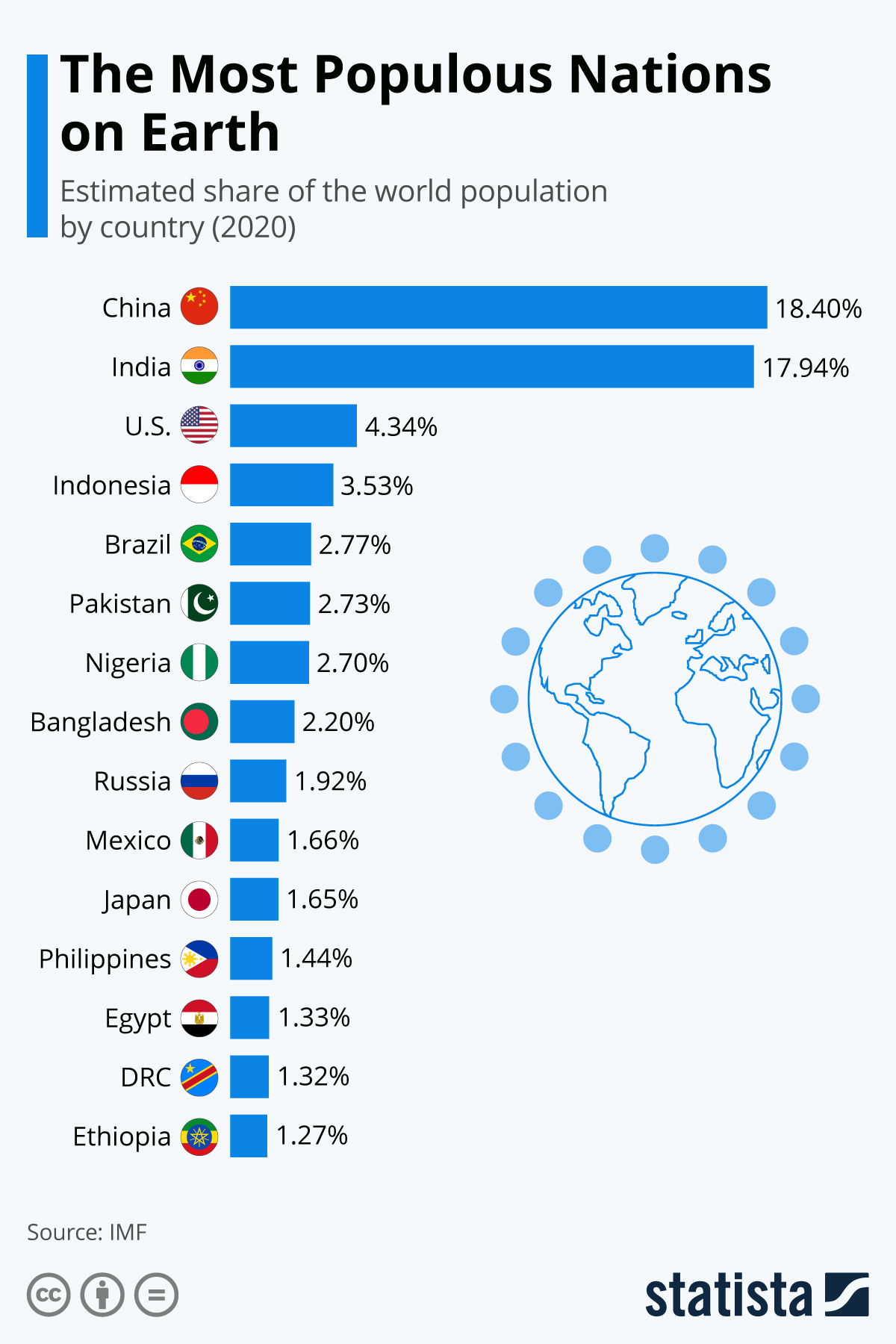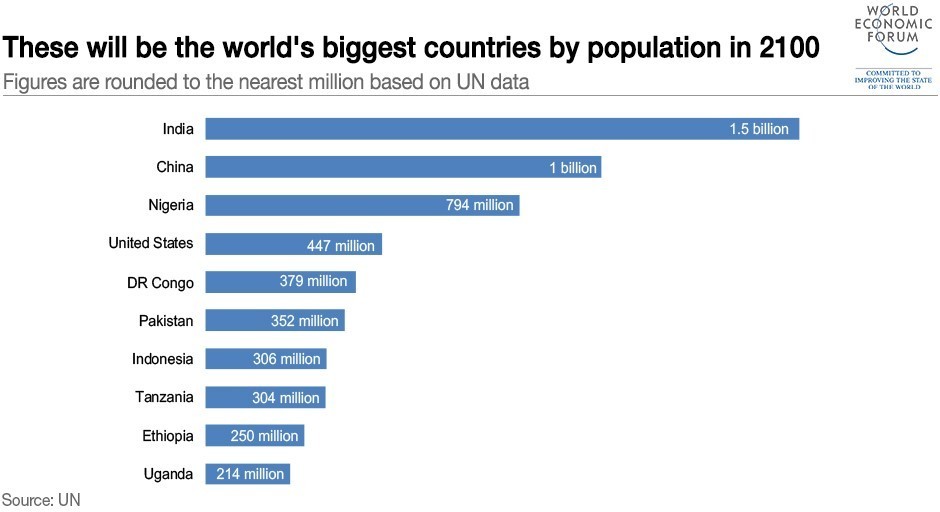

If we always look at things the same way, it’s hard to notice something new.Įach time we view a map from a different angle, it creates the opportunity to discover new insights. Yet, if Russia had the population density of Bangladesh, it would be home to 19 billion people, which is three times the current global total. Russia and Bangladesh are also back-to-back Russia has 145 million people, while Bangladesh has 163 million. Both have about 26 million people, but Australia has a landmass that is about 63 times as large. The animated map also creates some eye-popping juxtapositions between countries, which are appearing in order of population.įor example, Australia and North Korea appear in sequence. The Namib takes away Namibia’s entire coastline, while the Kalahari makes most of Botswana and parts of Namibia almost inhospitable.

We are all familiar with the vast extent of the Sahara (which makes most of Libya and Maritania desolate), but have you heard of the Namib or Kalahari deserts in the south? The reason for this lack of population density lies partly in geography. However, if you watch the animation, you’ll notice that many of the first countries appearing on the map are African - in fact, six of the 10 least densely populated countries in the world are on the continent: Namibia, Libya, Botswana, Mauritania, Central African Republic, and Gabon. Using this and the map as reference, what stands out? Africa in FocusĪfrica has over 1.2 billion people living on it, so we often think of the continent as having a fairly high population density. In fact, many large countries appear on the map early on - taking massive amounts of geographic real estate, but with very low populations.īelow is a list of the 10 countries with the lowest population densities on the planet: Rank However, when we watch an animation like this, it becomes clear that this is not often the case. We naturally assume that the bigger a country is, the more people it usually has. Let’s dive into a couple things that stood out. It’s a visual trick that helps trigger some new insights, specifically about the population density of countries and continents. In the above animation, countries are added onto the map in sequence - each must have a minimum population of 1 million people - going from Swaziland (now officially known as Eswatini) all the way up to China. Today’s animated map comes to us from Reddit user notoriousstats, and it provides another angle of looking at a traditional world map: by plotting countries in the order of ascending populations, from the least populated to the most populated. One way to do this is to present data in a different way than what is traditionally expected, enabling a fresh perspective of the same information. To keep information from getting stale, it can be worth changing things up. The following infographic was created using the UN's data and it shows the countries forecast to become the most populous by 2050.Mapping the Most Populous Countries, in Ascending Order Nigeria is posting the fastest population growth and its population is expected to surpass the United States by 2050 making it the third most populous country. Within just seven years, India is expected to overtake China to become the world's most populous nation. By 2030 there will be 1.4 billion people aged 60 and over and this could rise to 3.1 billion by 2100.īetween now and 2050, ten countries are going to account collectively for over half the world's projected population increase: India, Nigeria, the Democratic Republic of Congo, Pakistan, Ethiopia, Tanzania, the United States, Uganda, Indonesia and Egypt. Today, an estimated 962 million people are aged over 60 across the world (13 percent of the population) and their ranks will expand rapidly over the coming years. By 2030, the planet's population will surpass the 8 billion mark and grow to 9.8 billion by 2050, according the United Nations annual population survey.

Today, it is increasing at a rate of 1.1 percent, equating to 83 million extra people every year. As of mid-2017, the world's population stands at almost 7.6 billion people and that number is growing, albeit slower than in the recent past.


 0 kommentar(er)
0 kommentar(er)
